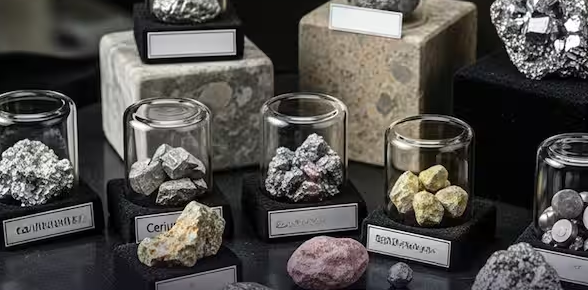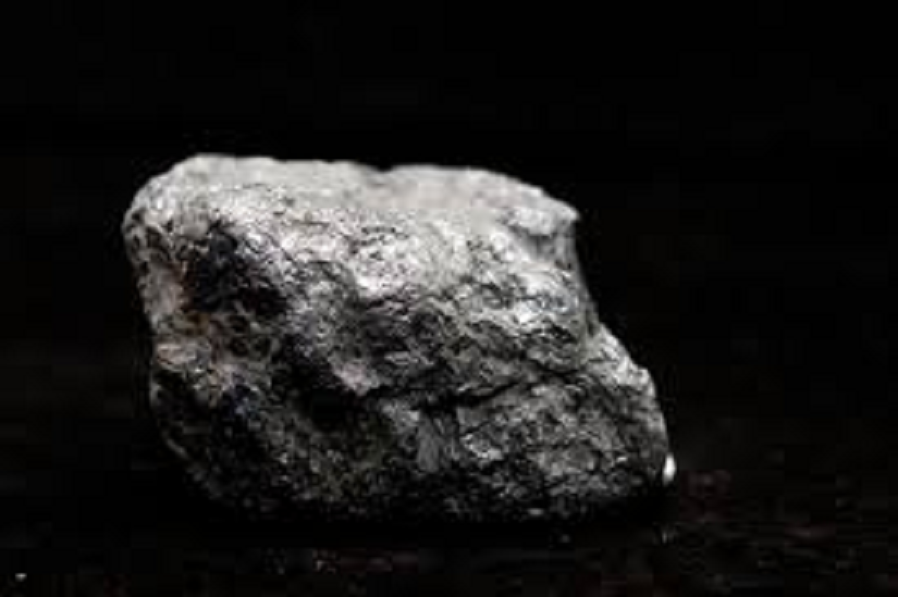In which works are rare earth elements used, and who are the big players after China?
- bySherya
- 14 Oct, 2025

Rare Earth Elements: China has the strongest global presence in rare earth elements, but there are other countries that also possess them. Let's find out which countries are the major players.

Rare earth elements are considered the backbone of modern technology. These 17 unique metals play a vital role in almost every high-tech gadget, machine, and weapon we use in our daily lives. They are used everywhere, from mobile phones to electric cars, solar panels, missiles, and satellites. But China's growing influence has increased tensions in the global market. Recently, China imposed strict regulations on the export of rare earth elements, severely impacting the international supply chain. Let's explore their uses and which countries have reserves.
Where are rare earth elements used?
Rare earth elements are used in almost every field of our technological age.
- These metals are used in electronics, particularly in microchips for smartphones, laptops, televisions, and cameras. Elements like neodymium and praseodymium are particularly important.
- Rare earth magnets are used in the motors of electric cars and hybrid vehicles, making them lighter and more powerful.
- These metals also play a major role in missiles, jet engines, night vision devices, and radar systems in the defence sector.
- In the energy sector, the use of rare earth materials is increasing rapidly in wind turbines, solar panels, and rechargeable batteries.
- In medical technology, these elements are important in MRI machines, laser surgery, and diagnostic equipment.
This means that every modern technology in the world depends on these 17 rare earth elements in some form or another.
Which countries are its big players?
China
China has the world's largest rare earth reserves. With approximately 44 million metric tons, it holds nearly half of the world's total reserves. China controls not only mining, but also processing and the global supply chain. Over the past few decades, China has further strengthened the global importance of its rare earth resources.
Brazil
Brazil ranks second in the world, with reserves of approximately 21 million metric tons. Despite their vast size, these reserves have not yet been fully exploited. Brazil is continuously making efforts in both exploration and mining to increase its production and meet global demand.
India
India has approximately 6.9 million metric tons of rare earth reserves. The country also has significant deposits of REEs in its seabed and sand deposits, contributing significantly to global supply. India's production is steadily increasing, and the government is investing in infrastructure to promote the industrial use of these resources.
Australia
Australia ranks fourth on this list. The country has 5.7 million metric tons of rare earth reserves and several mining projects underway. With stable mining policies and rich reserves, Australia is emerging as a major player in the global market.
Russia
Russia has approximately 3.8 million metric tons of rare earth resources. This is slightly lower than previous estimates, but Russia continues to explore and develop its resources. Russia is among the top five countries with the aim of strengthening its position in the global market.
Vietnam
Vietnam has 3.5 million metric tons of rare earth reserves. Located near the Chinese border and on the east coast, these deposits are crucial for electric vehicles, displays, and magnets. Vietnam is striving to increase production and reduce its dependence on imports.
America
The United States has 1.9 million metric tons of REE reserves, making it the seventh-largest country in the world. The main source is the Mountain Mine in California, which has been active since 1950. However, the United States imports a significant amount of these materials from China.



